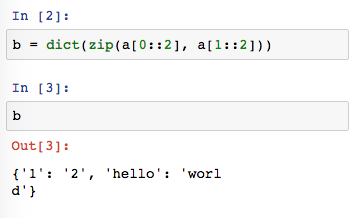

Check the example code below: multiplications = įor multiplications, multiples in zip(multiplications, multiples): You can also use this method to zip two lists together by using the zip() function along with it. Use the for Loop With zip() Function to Zip Two Lists in PythonĪ for loop in Python helps in iterating over a sequence that may be a list, dictionary, or tuple. After creating a zip object, note that the list() function converts the zip object back into a list. Then, the zip() function is used to pair both the lists and form a zip object. Output: įirst, two variables are used to store two lists consecutively. The second elements of both the iterables are paired, and so on. In this tuple, the first elements of both iterables are paired together. The returned iterator is returned as a tuple like a list, a dictionary, or a set. It’s used to return a zip object which is also an iterator. The zip() function can take any iterable as its argument. Python has a built-in function known as zip(). Use zip() Function to Zip Two Lists in Python
Python izip how to#
This tutorial will demonstrate how to zip two lists together in Python. Pairing such iterators in Python is know as Zipping. In Python, there are many times in which a link between two or more iterators like tuples, dictionaries, lists, and sets needs to be created. Use the for Loop With zip() Function to Zip Two Lists in Python In Python, these arguments are defined by prepending the name with the character.Use zip() Function to Zip Two Lists in Python.


 0 kommentar(er)
0 kommentar(er)
